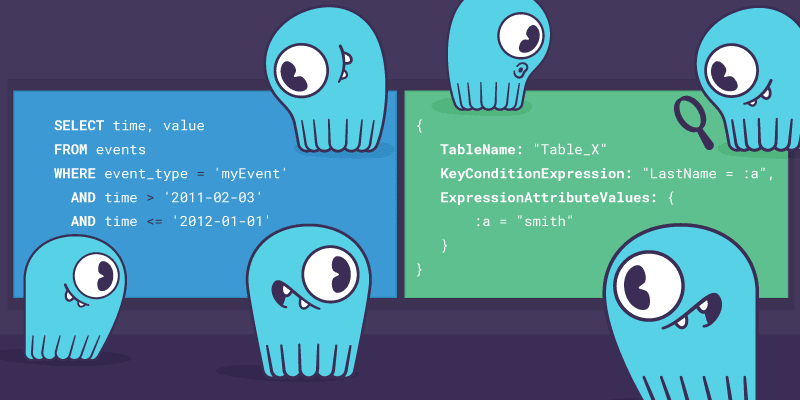

We will cover all the ins and outs of the service Amazon API Gateway, and as you’ll learn- it does a lot more than just hosting an API. We will follow an API driven development process and first mock up what the API will look like.
#Aws dynamodb client node batchwrite limit how to
`īuilding Modern Node.js Applications on AWS will explore how to build an API driven application using Amazon API Gateway for serverless API hosting, AWS Lambda for serverless computing, and Amazon Cognito for serverless authentication. Those are all great application hosting options, but in most cases, they still require you to have some kind of pulse on the underlying infrastructure hosting your application. When you have an existing application that you need to move to AWS, you might first look to using Amazon EC2 as your virtual machines, or maybe you might look into using docker containers and container hosting services like Amazon Elastic Container Service or Amazon Elastic Kubernetes Service. In this course, we will be covering how to build a modern, greenfield serverless backend on AWS.īuilding brand new applications on AWS is a different task than lifting and shifting existing applications into AWS. This means less operational overhead for you and your business, and more focusing on the applications and business specific projects that differentiate you in your marketplace. Give this new library a try and share your feedback on GitHub issues page or upvote feature ideas.In modern cloud native application development, it’s oftentimes the goal to build out serverless architectures that are scalable, are highly available, and are fully managed. We are also thinking about launching other enhanced clients in the future, such as the S3 enhanced client that can assist with orchestrating more complex S3 operations such as multi-part uploads and downloads. We want to add other improvements to the DynamoDB enhanced client, like a ‘document API’ for reading and writing records from the database without having to defining a schema or structure for those records. Try this feature and stay on the loop on GitHub. The enhanced client is open-source and resides in the same repository as the AWS SDK for Java 2.0.

#Aws dynamodb client node batchwrite limit code
We also showed how this new library can save you time and effort by writing code that maps data stored in your table to objects in your application. In this blog post we showed you how to set-up and begin using the DynamoDB enhanced client for the AWS SDK for Java 2.0. Now the setup work is over, you can reap the benefits by performing any table level operation you like on your mapped table resource : customerTable.getItem(customerToGet) ĬleteItem(customerToDelete) Step 5 : Perform DynamoDB operations on the table We are then putting that schema together with an actual table name to create a ‘mapped table resource’ which is typed to the object it maps to in this case Customer. To break this down a bit: we are constructing a TableSchema by telling it to scan our bean class which will build a list of attributes based on the getters and setters of the class and use the annotations you added earlier to identify which of those attributes are keys. The next step will create an inline ‘TableSchema’ object representing the model and structure of your record, bind it to a real table name and from that create a ‘DynamoDbTable’ resource that can be used to execute table level operations: DynamoDbTable customerTable =ĮnhancedClient.table("customers_table", omBean(Customer.class)) build() Step 4 : Create a DynamoDbTable resource If you wish to configure settings, or use an underlying DynamoDbClient you have already constructed, we recommend using the builder instead: DynamoDbEnhancedClient enhancedClient =

You can instantiate the enhanced client easily using default settings and a default credential provider chain: DynamoDbEnhancedClient enhancedClient = DynamoDbEnhancedClient.create() For example, here is a simple example to illustrate the utility of the enhanced client using a fictional ‘Customer’ data object class:- class Customer String getId() Step 3 : Instantiate the enhanced client Thus, we’ve redesigned original library based on all the lessons we have learned and target common problems people try to solve using such a library. Our customers frequently tell us that they miss the ‘DynamoDB mapper’ in the Java v1 SDK. You can now integrate applications with Amazon DynamoDB using an adaptive API that allows you to execute database operations directly with the data classes your application already works with. This enhanced DynamoDB module provides a more idiomatic code authoring experience. We are pleased to announce the release of the enhanced DynamoDB client as a new module of the AWS SDK for Java 2.0.


 0 kommentar(er)
0 kommentar(er)
